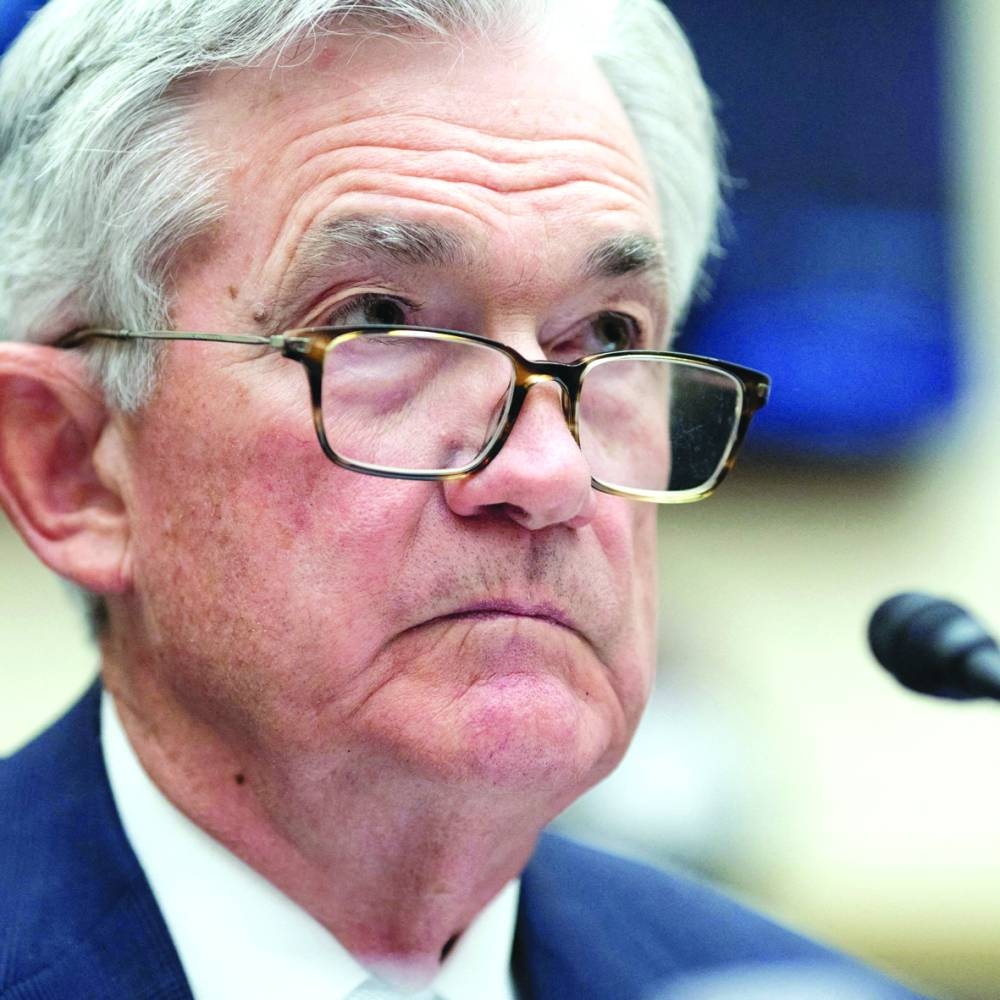Climate change has come to represent a major challenge for central banks. How much should their monetary policy and approach to banking supervision be influenced by it?
On one hand, there is growing evidence that global warming, particularly through its effect on agriculture, may create inflationary pressures. And there is even stronger evidence that the physical and transition risks created by climate change are having, and will continue to have, a major impact on the value of financial assets and financial firms, which those responsible for the stability of the financial system cannot ignore.
On the other hand, policies to increase energy costs and lower emissions are hugely controversial, especially in the United States. A proactive approach might lead the central bank into a political war zone, vulnerable to attack from both sides.
So far, central banks have tended to see this as territory they cannot avoid. A group of them, principally Europeans, pushed for a new coalition of the willing, and the Network for Greening the Financial System was established at the end of 2017. The US Federal Reserve was initially a wallflower but became a full member after President Joe Biden’s election. The People’s Bank of China was there from the start, and for a time it seemed that a consensus on central banks’ appropriate posture would emerge.
That is no longer the case. Two camps have formed, and they seem likely to drift further apart.
In the brown corner, so to speak, we find Fed Chair Jerome Powell. At a conference in Stockholm earlier this month he nailed his colours to the mast. “We are not, and will not be, a ‘climate policy-maker’,” he asserted. Integrating climate-change considerations into monetary and banking supervision policies “would have significant distributional and other effects on companies, industries, regions, and nations.” Powell, no doubt influenced by the fact that one of Biden’s nominees for the Fed Board had to withdraw in the face of congressional opposition to her views on climate change, insists that the Fed should not go there.
Others in the brown camp include Mervyn King, the former Bank of England governor, who argues that taking on climate responsibilities “would put at risk central-bank independence.” No greater risk to human life can be imagined. Otmar Issing, the European Central Bank (ECB)’s first chief economist, has also weighed in. “There can be no such thing as a ‘green’ monetary policy,” he insists.
But there are doughty fighters in the green corner, too. Mark Carney, an enthusiast since he led the Bank of England, encourages central banks to “examine how to revise their ... monetary-policy operations to be more consistent with the legislated climate objectives.” ECB President Christine Lagarde herself has described climate change as “mission critical.” Frank Elderson, the responsible ECB board member, has engineered a “tilt” in the bank’s bond-purchase schemes away from firms with high carbon emissions, in favour of more climate-friendly companies and industries. He describes the bank as a “prudent realist,” rather than “an environmental activist” (though some bankers supervised by the ECB would probably disagree). “Banks will be at the forefront of the energy and climate transition, whether they want to be or not,” he says, and the supervisor’s role is to encourage banks to manage their loan portfolios with that in mind.
On the monetary-policy front, Isabel Schnabel, the German ECB Board member, recently described how and why the bank would incorporate climate-change considerations in its approach. In addition to “removing the existing bias towards emission-intensive firms,” the ECB plans to make “climate-related disclosures compulsory for bonds to remain eligible as collateral in our refinancing operations.” Tough love.
The ECB seems unconcerned by Powell’s argument that climate policy is not for the central bank, and it justifies its approach by noting that the bank’s statute requires it to support the European Union’s economic policies, in addition to maintaining price stability. But critics warn that the ECB may soon be challenged in court for overstepping its mandate.
The British seem to be positioned in the middle of the Atlantic, as is often the case. The Bank of England did, in fact, conduct a climate stress test on British banks. It was an illuminating exercise: the risks to banks were greatest if governments delayed effective action on carbon pricing, and if the necessary adjustments to achieve the new net-zero objective for emissions were sudden and disruptive. That understanding has driven change by banks themselves. But the UK regulators have so far set their face against the idea of manipulating capital requirements to raise the cost of lending to high carbon emitters (the so-called brown penalising factor) or to incentivise green lending (the green supporting factor). There is more enthusiasm for such manipulation in the eurozone, where the Banque de France is in favour.
From banks’ perspective, these divergences of view are a concern. There is a clear danger that different approaches to climate risks in different jurisdictions will create competitive distortions. So, bankers hope that some convergence of view develops, and soon. Mixing brown and green paint together typically creates a darker, duller green: forest green, it is often called. That could be an appropriate solution. But for the time being the Fed seems determined to stay out of the woods. – Project Syndicate
• Howard Davies, a former deputy governor of the Bank of England, is Chairman of NatWest Group.

Fed Chair Jerome Powell
